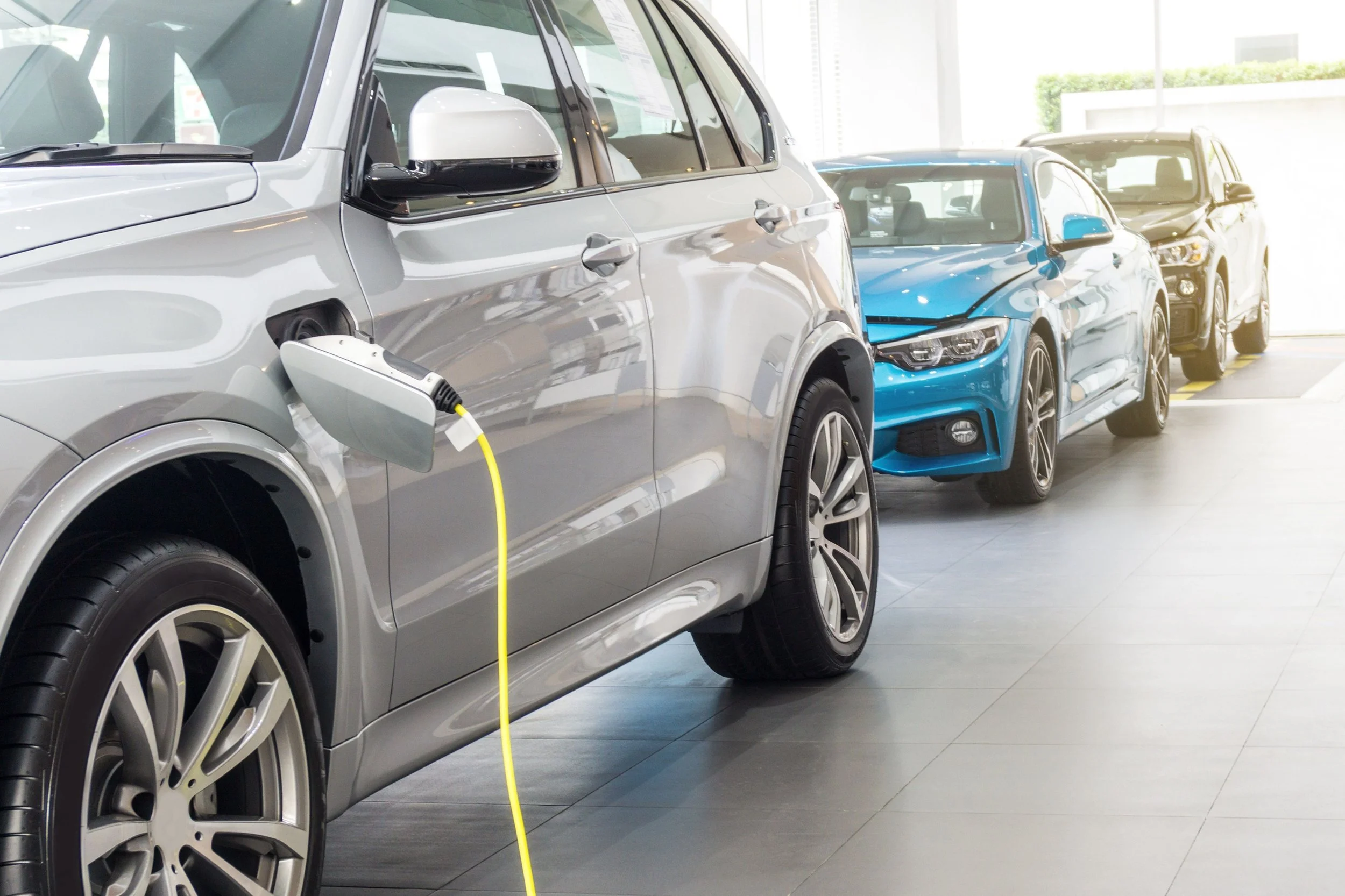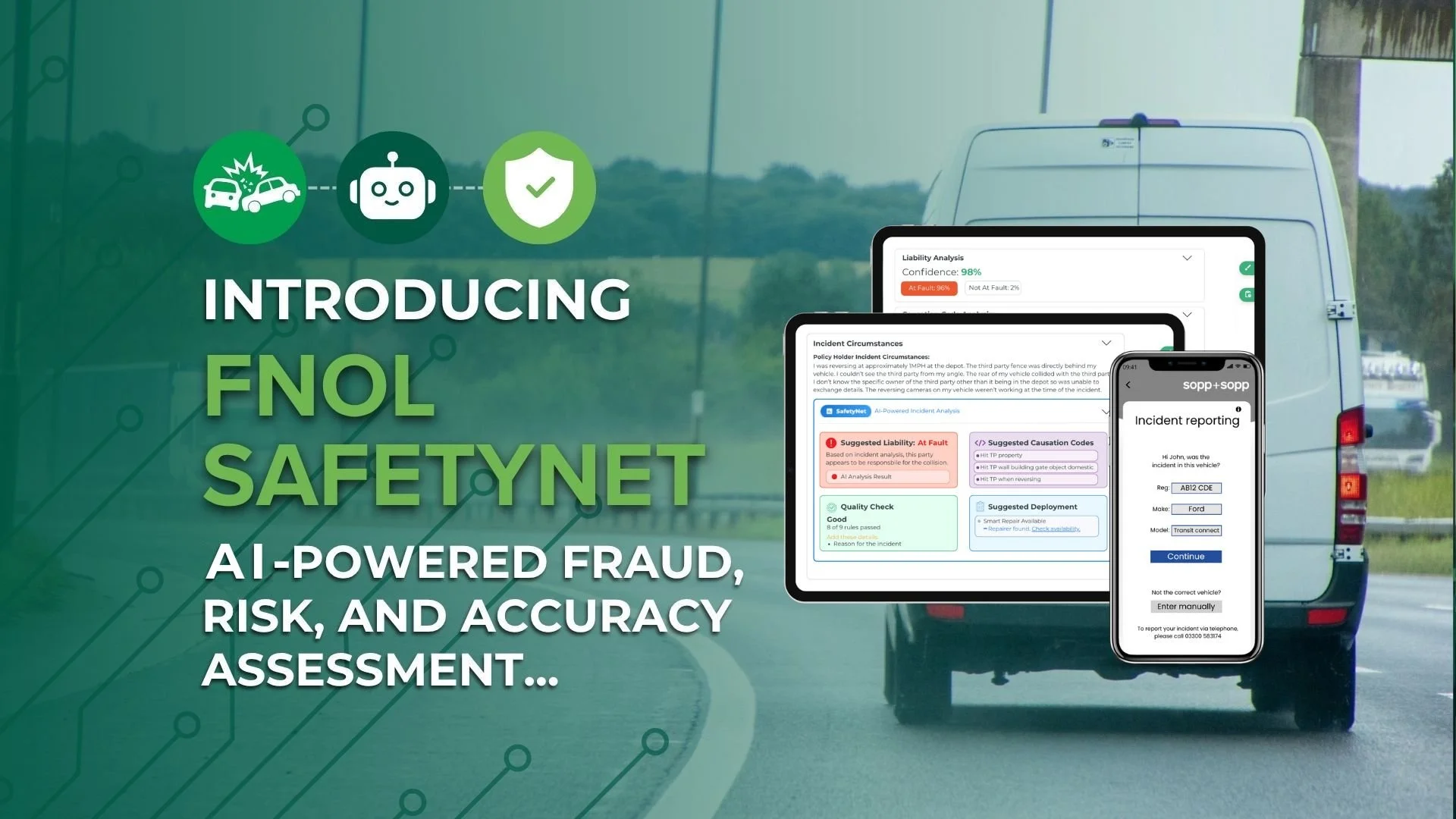Zero-Emission Vehicles (ZEVs) - What’s included, and what isn’t?
With the deadline now set for the UK to end the sale of non-zero-emission vehicles, many drivers and fleets are now beginning to unpack what the legislation means for them, and their vehicles.
In this article, we get back to basics, and discuss exactly what counts as a zero-emission vehicle in the UK, and which types of vehicles will have to cease production after 2035…
When do all vehicles need to be electric in the UK?
The UK’s Zero Emission Vehicle Mandate dictates that all new passenger cars and vans sold in the UK must be zero-emission by 2035 - meaning they produce no harmful emissions at the exhaust.
In reality, this means they’ll either have to be plug-in electric, or powered by an alternative onboard power source like a fuel cell.
The same deadline doesn’t currently apply to larger vehicles like HGVs, but the UK government has announced its intention to ensure these too are zero-emission by 2040.
Read more about the UK ZEV mandate, and what it means, here…
What counts as a Zero Emission Vehicle in the UK?
In order for a vehicle to be classed as a ‘zero emission vehicle’ in the UK, it must use a means of propulsion that doesn’t produce emissions through an exhaust pipe.
Here are the types of vehicles that are currently classed as zero-emission (ZEVs) in the UK:
Plug-In Electric Vehicles (BEVs)
Plug-in electric vehicles, like many EVs currently on the market, are compliant with the UK’s ZEV mandate - due to the fact they produce no direct carbon emissions in day-to-day operation.
While they do still account for a small amount of carbon output - from brake pads, tire wear etc - the powertrain itself is completely emission free in operation.
Read More: How Quickly Do EV Batteries Degrade?
Fuel Cell Electric Vehicles (FCEVs)
Fuel cell electric vehicles can also meet the criteria of ‘zero emission vehicles’. Their drivetrain is similar to that of a plug-in EV, except they use an onboard cell, such as a Hydrogen Fuel Cell, to generate a charge - rather than mains electricity.
However, just like EVs, they are still responsible for some degree of carbon emissions, through brake & tire wear, but also through the extraction and production of the gases they use for fuel.
What doesn’t count as a ZEV?
There are some low-carbon or low-emission vehicles currently on the market which, while being an attractive alternative to ICE vehicles, don’t meet the criteria to be ‘zero-emission’.
Simply put, any vehicle which also relies on combustion of fossil fuels, or carbon-producing alternative fuels, isn’t compatible with the criteria laid out in the ZEV mandate.
Do Hybrids count as ZEV compliant?
Hybrid vehicles, although responsible for fewer carbon emissions than petrol/diesel vehicles, aren’t classed as zero-emission vehicles under the ZEV mandate - instead, they’re classed as ‘low emission vehicles’.
This means that, although their drivers may benefit from decreased road tax and emissions charges, new hybrids won’t be produced by manufacturers in the UK from 2035.
Do biofuels count as zero-emission?
The biofuels currently available on the market aren’t classed as zero-emission, meaning the vehicles which use them aren’t either.
This is because, although they produce fewer emissions than petrol or diesel, biofuels still release harmful greenhouse gases, and even carbon, when they’re used to power vehicles.
This means that, although many drivers and fleets have grown accustomed to alternative fuel technology, the solutions available today won’t fulfil the UK’s zero-emission mandate.
It’s therefore likely that manufacturers will focus on developing completely carbon-free drivetrains like PEVs & FCEVs, rather than developing cleaner fuels.
What are the challenges of adapting to ZEVs?
Adapting to a zero-carbon future for transportation was always going to come with monumental challenges - both for manufacturers and drivers alike. Here are some of the key challenges the automotive industry, and consumer market, are facing in their adaptation to ZEVs:
1- Accessible charging infrastructure
One of the key challenges being faced in the global adoption of ZEVs, particularly plug-in EVs, is the lack of accessible fast-charging infrastructure.
At the end of June 2024, there were 33,829 public charging locations in the UK. While that sounds like a lot, it’s just over 10% of the target required to meet consumer demand by 2030, requiring huge investment and innovation across the market.
There’s also the issue of at-home charging, which simply isn’t an option for many drivers - such as those living in apartments, shared accommodation, or with on-street parking.
Whatever shift happens in available public infrastructure, charging accessibility is still one of the primary challenges holding back more widespread adoption of plug-in EVs.
2- High retail price of EVs
The average cost of a new all-electric car is close to £50,000, based on an enormous range of prices - varying anywhere from £22,000 to almost £160,000!
This compares to an average cost of just £27,502 for a new medium-sized family car with an internal combustion engine.
This is due to a number of factors, including the ever-changing nature of the still fairly new technology EVs utilise, and the high-end or ‘luxury’ spec of many of the popular EVs on the market.
3- The High cost of EV repair
EVs are also more expensive to repair than ICE vehicles on average. In fact, Thatcham suggests that this could amount to an additional 25% per repair (claim) on average when compared with their ice equivalents.
While this data is still relatively new, and changing constantly, it still sparks an often high degree of trepidation in some drivers otherwise considering switching to an EV, faltering consumer appetite.
4- Low availability of FCEVs
As we discussed around the charging conundrum - plug-in EVs aren’t suitable for everyone, at least while accessible charging remains widely unavailable. This becomes even more of an issue when we consider the lack of viable alternatives on the market, such as Fuel Cell Electric Vehicles (FCEVs).
Although they work, are produced in small numbers, and perform increasingly well - FCEVs just aren’t as available to consumers as plug-in EVs, although they might be more convenient for some.
There’s also the issue of refuelling FCEVs themselves, which brings a similar problem to that of EV charging. There are currently just 15 hydrogen refuelling stations in the UK, making it almost impossible to operate an FCEV easily as a general consumer.
5- Availability of zero-emission HGVs
While there are a wide range of electric passenger cars, and even vans and LCVs on the UK market - the same doesn’t apply to larger vehicles like HGVs.
Quite simply, manufacturers are still developing the right EV technology to meet the power and efficiency needs of larger vehicles, while keeping retail prices in-line with market expectations.
HGVs amount for an enormous 19% of UK carbon emissions, according to 2022 data, meaning the slow pace of their zero-carbon transition has a heavy impact on the wider objective.
However - there is a glimmer of hope. Research and development of zero-emission HGV technology is accelerating, and new UK trials showing significant strength for its use in day-to-day fleet operations.
In fact, the European Federation for Transport & Environment predicts electric HGVs could actually be cheaper than their ICE counterparts by 2035!
6- Gaining consumer buy-in
One of the main challenges slowing ZEV adoption is that, quite simply, many consumers just aren’t convinced.
From widely publicised safety concerns in the press, to the issue of upkeep and total cost of ownership, many consumers will still take some convincing before choosing an EV as their next car.
Overcoming this challenge requires a unified approach between manufacturers, public institutions, and retailers to alleviate some of the uncertainty around EVs, and develop new, attractive incentives for drivers to transition.
It also requires more alternatives to become available - whether in the form of new vehicle technology, ZEV-compatible powertrains, or even alternative mobility.
This means more active focus from manufacturers, and governments alike, to overcome some of the key challenges supressing consumer appetite - and ensure that EVs are genuinely a vailable, cost-effective alternative for the majority…








